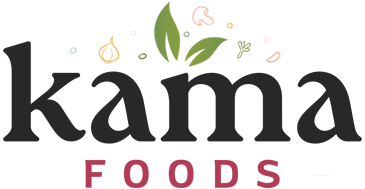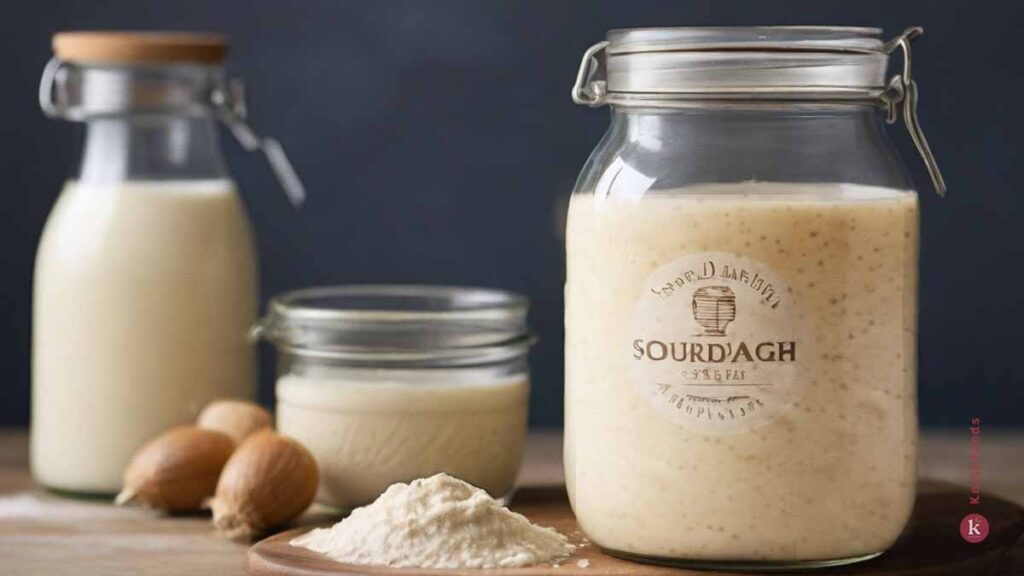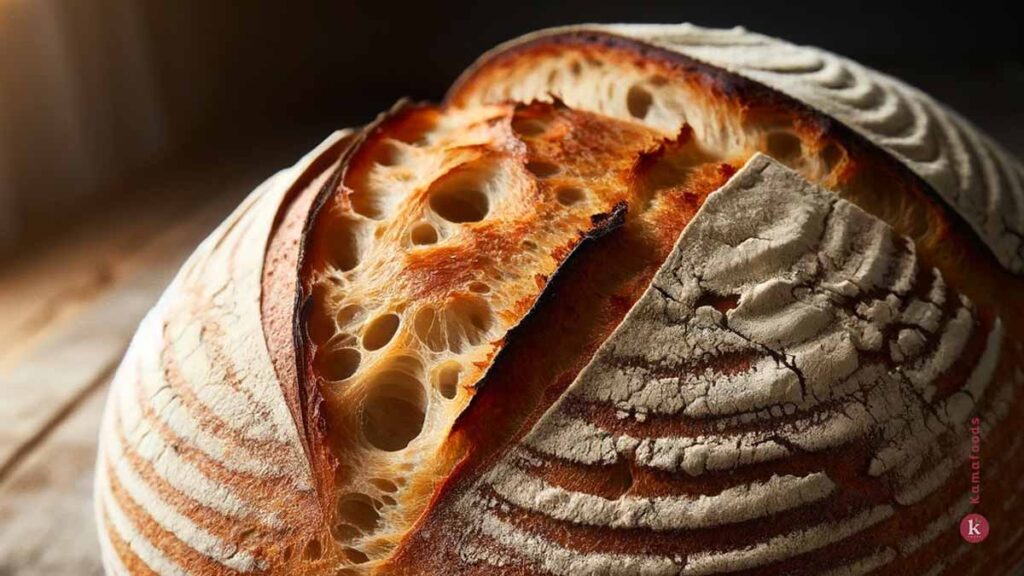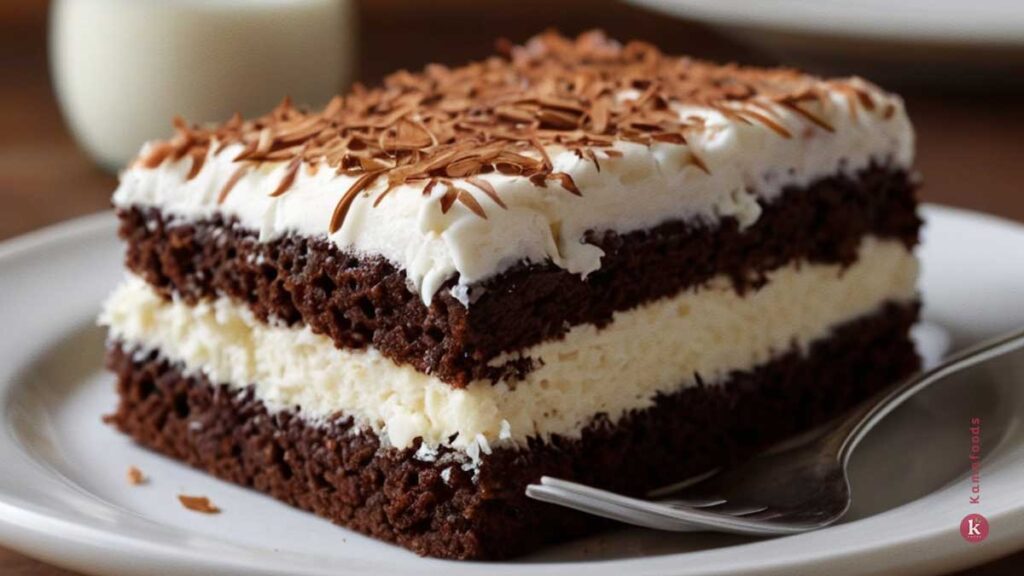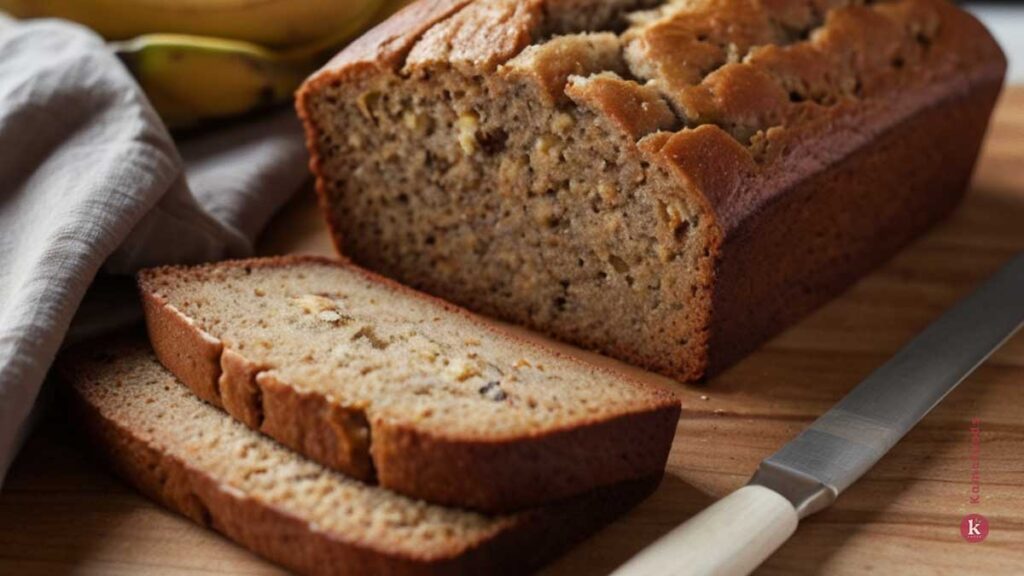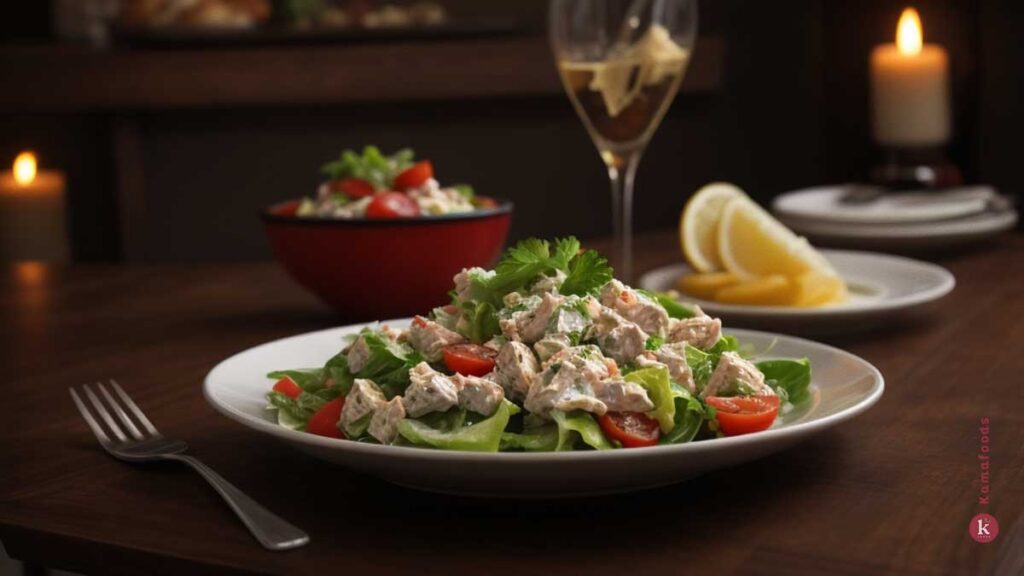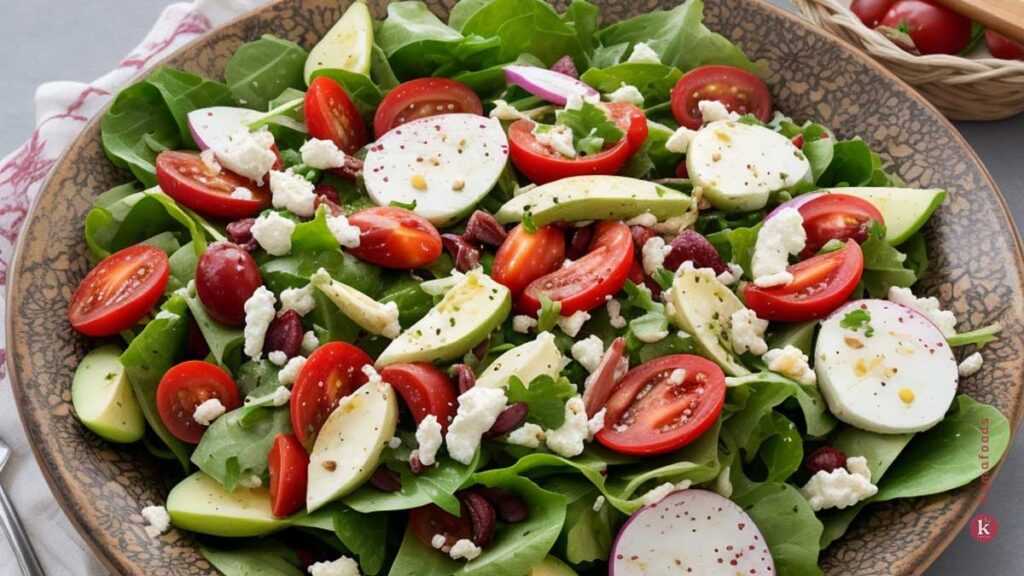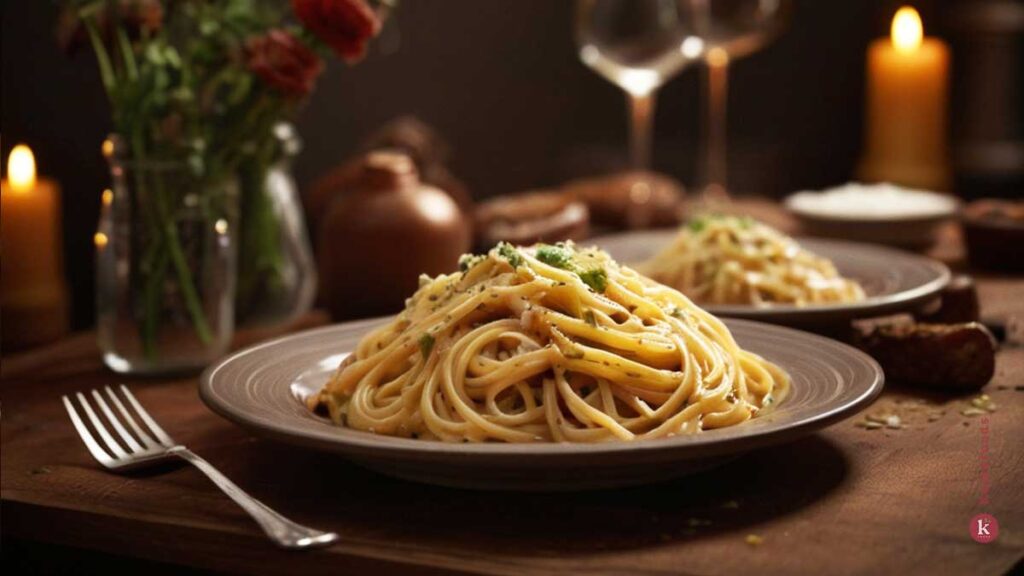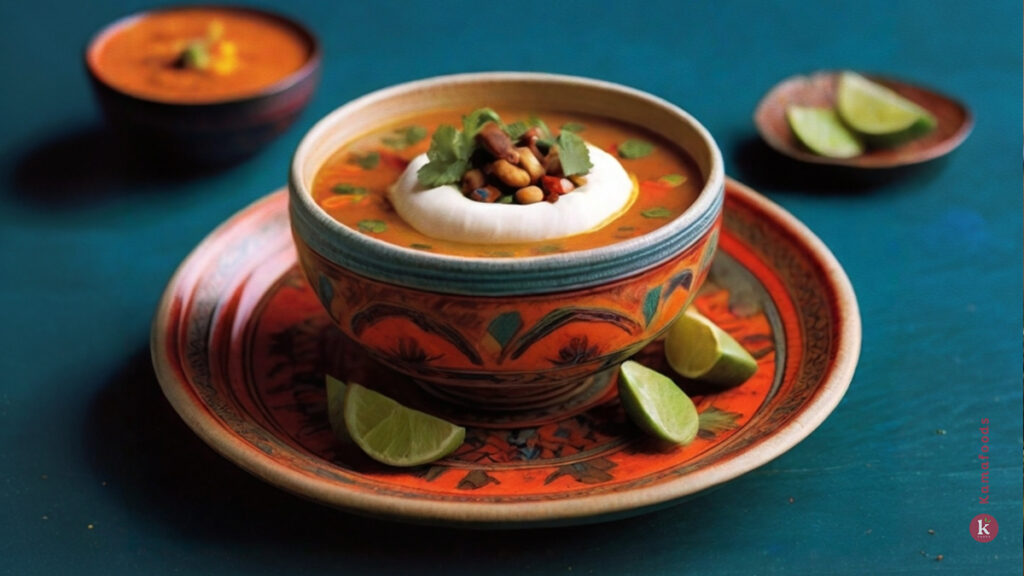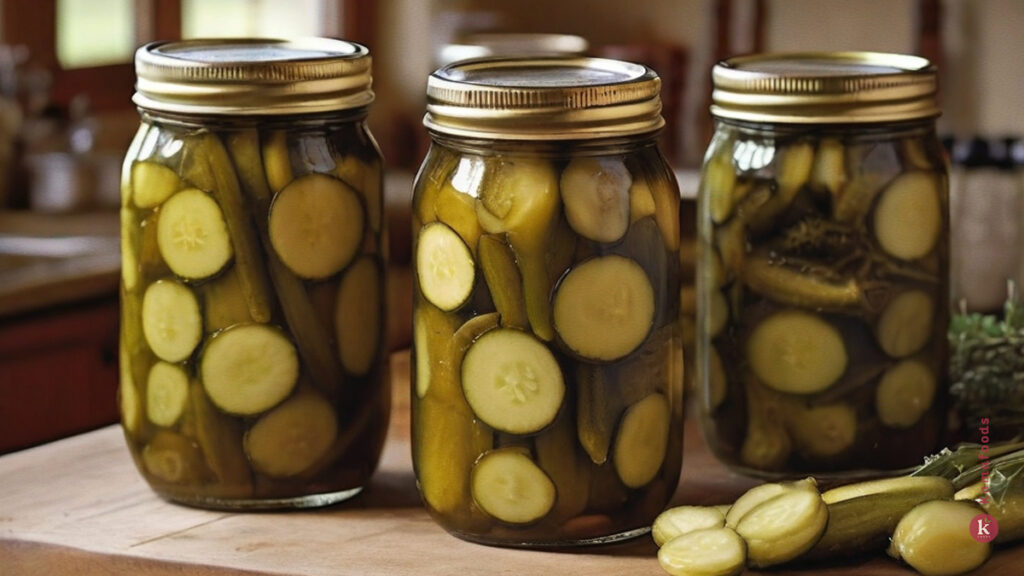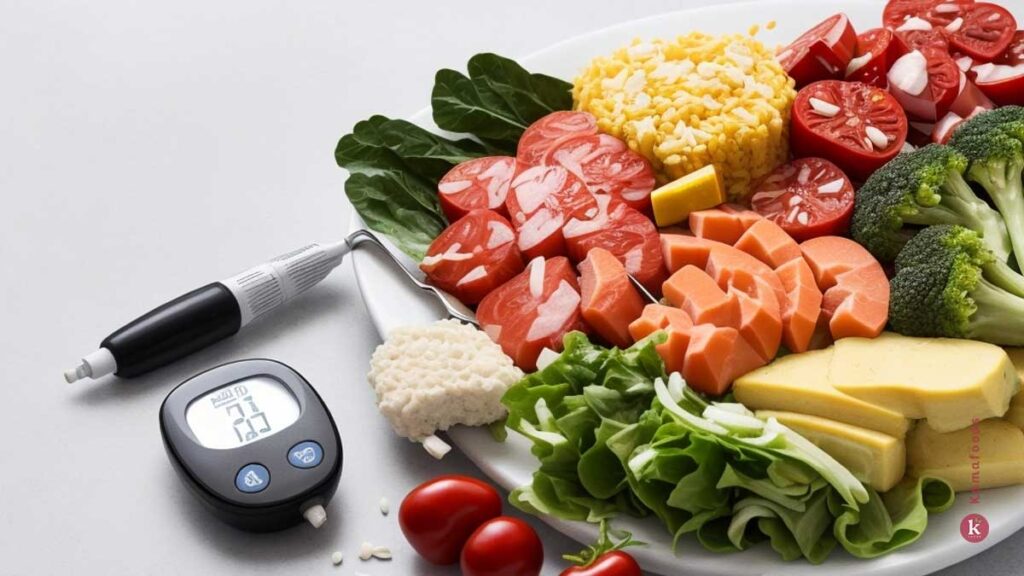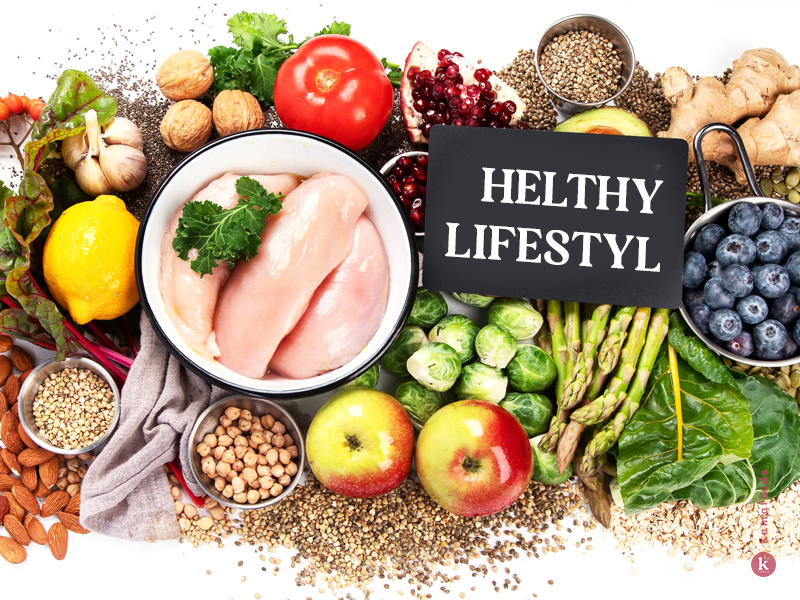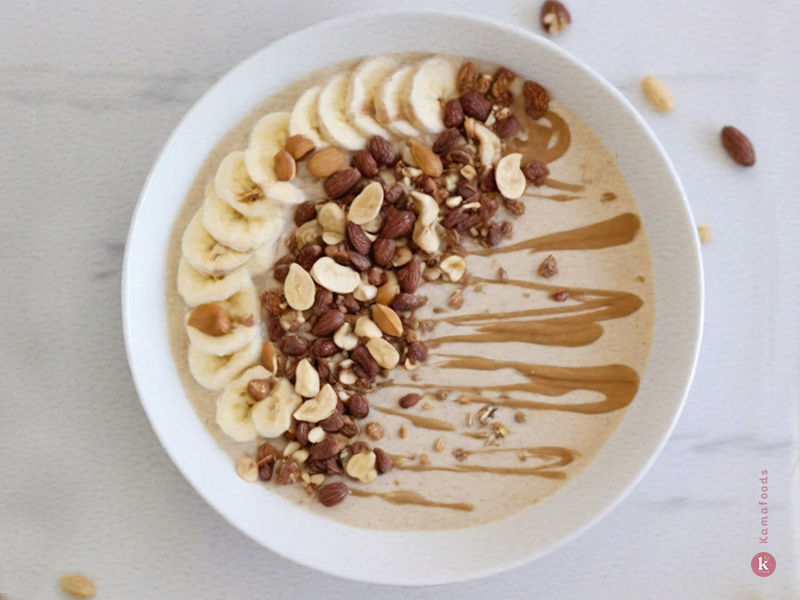
Sourdough baking has seen a revival, with enthusiasts embracing the tangy flavors and health benefits of fermented bread. However, one often overlooked aspect of this process is the use of sourdough discard. Incorporating discard into recipes not only minimizes waste but also adds depth and character to various baked goods.
What is Sourdough Discard?
Sourdough discard is the portion of your sourdough starter that is removed before feeding. This process is essential to maintain the starter’s health and vitality. Instead of disposing of this valuable resource, you can use it in a myriad of recipes, from savory to sweet, transforming what would be waste into delicious treats.
For an in-depth understanding of sourdough fermentation and how it benefits your baking, consider exploring Understanding Sourdough Fermentation. This resource provides a comprehensive look at the fermentation process, enriching your knowledge and baking skills.
Benefits of Using Sourdough Discard
Utilizing sourdough discard is not just about reducing kitchen waste. It’s also about enhancing the nutritional content and flavor of your baked goods. Sourdough discard can add a subtle tang and complexity to recipes, making them stand out. Moreover, it’s a step towards a more sustainable and mindful baking practice.
- Nutritional advantages: Fermented flour in discard can be easier to digest.
- Flavor profile: Adds a unique tang and depth to recipes.
- Waste reduction: Encourages a zero-waste approach to baking.
For those interested in zero-waste kitchen practices, Zero Waste Kitchen Tips offers valuable advice on how to minimize food waste, including using up all parts of your sourdough starter.
Preparation and Storage Tips for Sourdough Discard
- Collecting Discard: Store your discard in a separate container in the fridge after each feeding.
- Storage: Keep it in an airtight container for up to a week, or freeze for longer storage.
- Reviving Frozen Discard: Thaw overnight in the fridge before use.
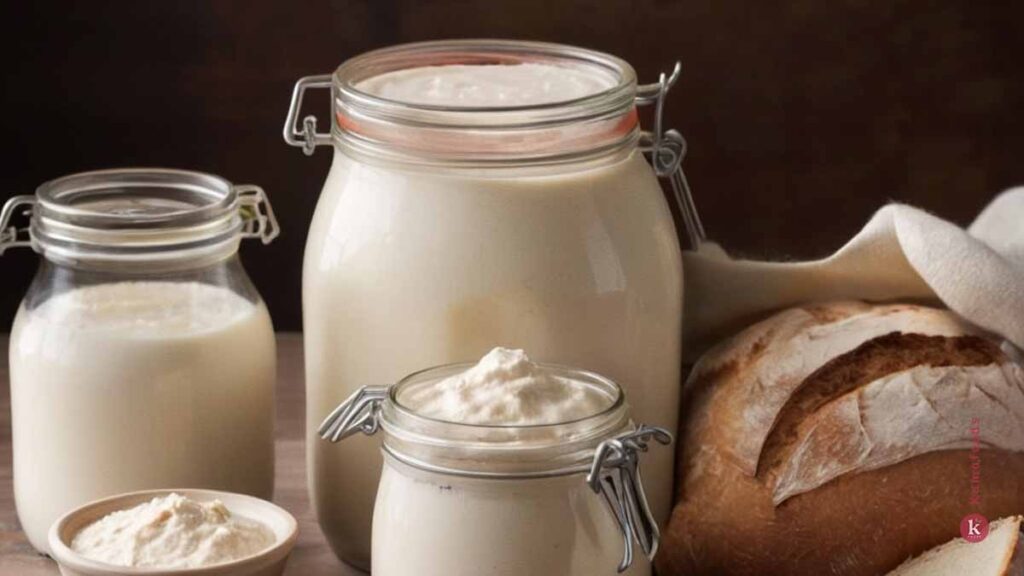
Basic Sourdough Discard Recipes
Transform your discard into delightful creations with these simple recipes:
- Pancakes or Waffles: Enhance your breakfast with the tangy flavor of sourdough. Mix discard with flour, eggs, and milk for a fluffy batter.
- Crackers: Combine discard with olive oil, herbs, and salt for a crispy snack.
- Simple Bread or Rolls: Use discard as part of the liquid ingredients in your bread or rolls for added flavor.



Advanced Sourdough Discard Recipes
Elevate your baking with these more sophisticated recipes:
- Sourdough Discard Pizza Dough: For a crust with complexity and crunch.
- Sourdough Discard Bagels: Add a twist to the classic bagel with the tangy taste of sourdough.
- Sourdough Discard Chocolate Cake: Who knew discard could make such a moist and flavorful cake?



Creative Uses for Sourdough Discard
Let your imagination run wild with these creative recipes:
- Sourdough Discard English Muffins: Perfect for a tangy breakfast treat.
- Sourdough Discard Flatbreads: Top with your favorite ingredients for a quick meal.
- Sweet Treats: Create cookies and brownies with a sourdough twist for an unexpected flavor.
FAQs
- Can I use sourdough discard straight from the fridge? Yes, but let it come to room temperature for best results.
- How long can I store sourdough discard before it goes bad? Up to a week in the fridge or several months in the freezer.
- Can sourdough discard replace yeast in recipes? In some recipes, yes, but adjustments may be needed.
- Is it safe to eat sourdough discard raw in recipes? It’s recommended to cook or bake discard to ensure safety.
Conclusion and Encouragement to Experiment
Sourdough discard offers a world of possibilities for bakers looking to explore new flavors and reduce waste. These recipes are just a starting point—feel free to adjust and experiment to suit your tastes. Remember, every batch of discard is an opportunity to create something delicious and sustainable.
This draft combines the essential aspects of sourdough discard use, from basic to advanced recipes, and embeds crucial sustainability practices within baking routines. By following the format and incorporating the recommendations, you’ll create a highly readable and engaging article optimized for SEO.
- Sourdough Discard Recipes
- Sourdough Starter
- Sourdough Bread
- Mounds Poke Cake Recipe
- Rich Banana Bread
- Lemon Strawberry Trifle: A Summer Dessert Classic
- Southern Smothered Chicken
- Chicken Salad
- Tardive Salad
- Rose Shrimp Recipe
- Steak Diane
- Spaghetti Carbonara
- Valentine’s Day Recipes: A Love-Filled Menu
- ACL Recipes Peru
- Authentic ACL Recipes from Peru: A Culinary Journey
- Annie’s Recipes: The Secret to Sweet Amish Pickles
- Beef Liver and Onions Recipe
- Char Siu Chicken
- Beef Au Jus : A Culinary Delight
- Beef au jus recipe : A Culinary Delight
- Au Jus Recipe
- What Makes It a Fajita?
- 10 Student Recipes for Easy and Budget-Friendly Meals
- What is a Good Meal for a Diabetic? A Comprehensive Guide
- Understanding Food Guide Basics
- Understanding Healthy Food Choices
- Peanut Butter Smoothie Bowl: A Nutritious Indulgence
